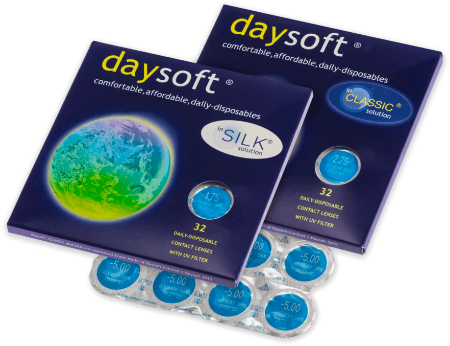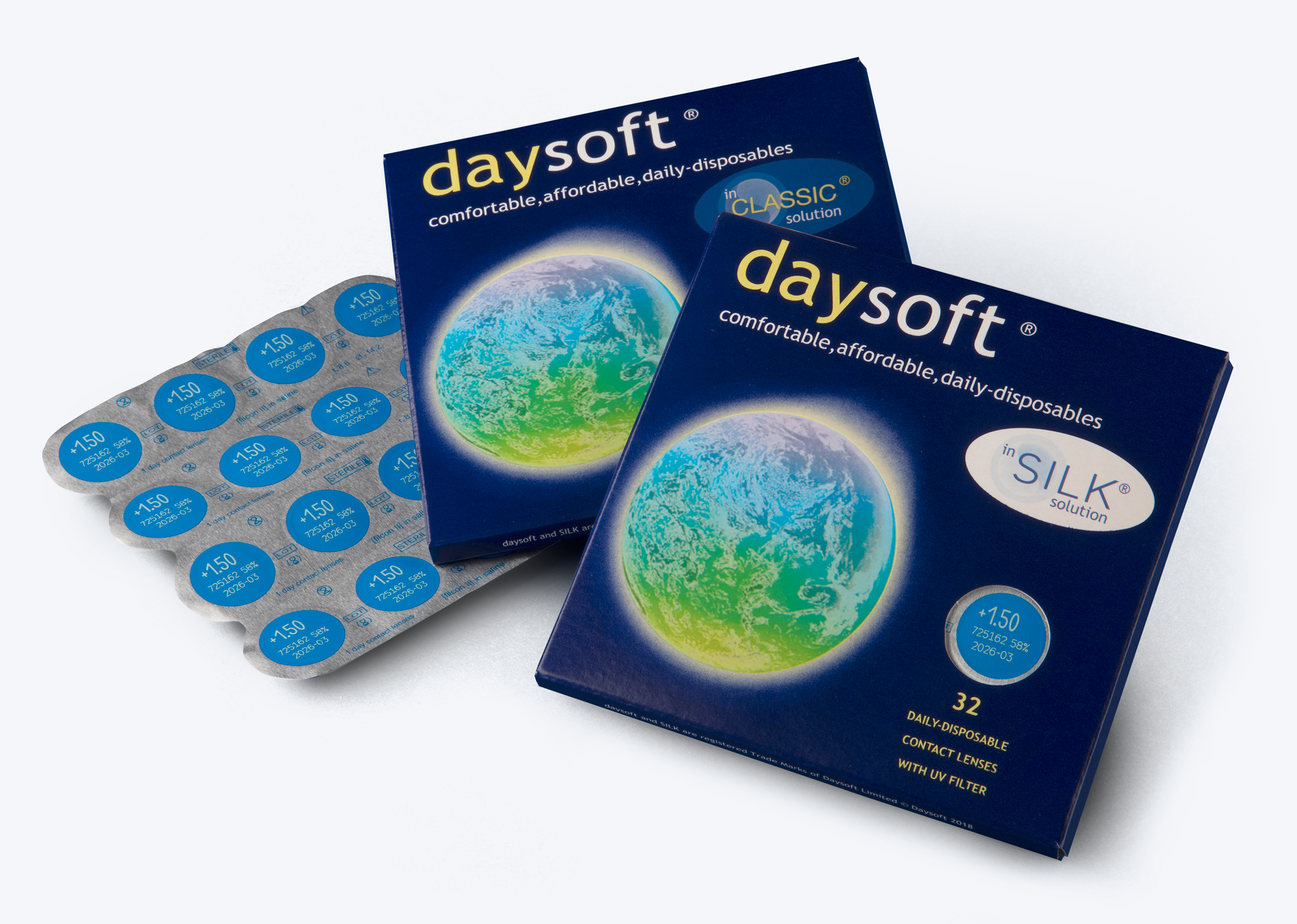Menopause can be a wild ride – from mood swings to hot flashes, it’s like your body decided to throw a surprise party you never asked for. But did you know that your eyes might join in too?
Just one of the many “hidden” symptoms, if you’ve noticed your eyes feeling dry, irritated or just plain uncomfortable, menopause might be the culprit.
We’re here to break down why it happens and, more importantly, what you can do about it – because this life transition is enough to deal with.

What are dry eyes?
Dry eyes happen when your eyes don’t produce enough tears, or when the quality of your tears isn’t quite up to scratch. Tears aren’t just for emotional moments – they’re a vital mix of water, oils and mucus that keep your eyes lubricated, clear and comfortable.
When your tear production slows down or your tears evaporate too quickly, your eyes can feel scratchy, irritated and tired. This is what’s known as dry eye syndrome, and it’s particularly common during perimenopause and menopause.
Another culprit that often tags along with dry eyes is blepharitis – an inflammation of the eyelids that can lead to redness, irritation, and that “gritty” feeling. It’s often caused by blocked oil glands, making it harder for your eyes to stay moisturised. But don’t worry – with a little TLC, both dry eyes and blepharitis can be managed, keeping your eyes refreshed and comfortable.
Can menopause affect your eyes?
In short? Absolutely. When we think of menopause, hot flushes and mood swings often steal the spotlight. But let’s be real – menopause comes with a whole playlist of unexpected symptoms that don’t always get their fair share of air time. One of those lesser-discussed issues? Dry eyes.
It often begins in perimenopause, the transitional phase before menopause when hormone levels start their unpredictable rollercoaster ride. While your body is busy adjusting, you might notice your eyes becoming drier, itchier or more easily irritated. This is because the drop in oestrogen and androgen can reduce tear production and affect the glands that keep your eyes hydrated.
Once you officially hit menopause – marked by 12 months without a period – dry eyes can become even more common. Since tear production naturally declines with age, postmenopausal women may find these symptoms persist or worsen without proper care. And for contact lens wearers? That dryness can be extra noticeable.
Common symptoms of dry eyes during perimenopause and menopause include:
-
Stinging or burning sensations
-
Redness and irritation
-
A feeling of grittiness, like something’s in your eye
-
Blurred vision that comes and goes
-
Sensitivity to light
-
Difficulty wearing contact lenses.
How common are dry eyes during menopause?
If your eyes are feeling dry, itchy or just plain uncomfortable, you’re far from alone. In fact, a survey of nearly 6,000 women conducted in 2023 ahead of the release of The Definitive Guide to the Perimenopause and Menopause by Dr Louise Newson revealed that one in four women experienced dry eyes during menopause.
More broadly, studies suggest that up to 10% of women may face dry eye symptoms as they navigate the menopausal transition – although some surveys indicate even higher numbers. While many menopause symptoms tend to ease over time, dry eyes can linger and may even worsen if left unaddressed. But relief is absolutely possible with the right support and care.
Menopause dry eyes treatment
When it comes to dry eyes menopause remedies, small adjustments can make a big difference. Whether you’re a contact lens wearer or not, these tips can help keep your eyes happy:
1. Consider hormone replacement therapy (HRT)
While HRT is often praised for easing hot flushes and mood swings, it may also offer relief for dry eyes. Some studies suggest that HRT can help with eye discomfort by balancing hormone levels, but the evidence isn’t entirely conclusive.
It’s a good idea to chat with your doctor to weigh the potential benefits and risks of HRT, especially if dry eyes are impacting your day-to-day life.
2. Book an appointment with your optometrist
If your eyes are feeling persistently dry or irritated, it’s time to call in the pros. Your optometrist can assess your symptoms, check for any underlying conditions like blepharitis or meibomian gland dysfunction, and tailor a treatment plan to suit your needs.
Be sure to mention if you’re perimenopausal or menopausal during your visit – this will help your optometrist provide the best possible care.
3. Soothe with lubricating eye drops
When your eyes are dry and scratchy, artificial tears can be a game-changer. Over-the-counter lubricating eye drops can provide instant relief by restoring moisture. For contact lens wearers, go for preservative-free options to keep your lenses comfy and your eyes irritation-free. Keep a bottle handy in your bag, car or by your bed.
However, it’s important not to overdo it. Using them too frequently can sometimes lead to dependency, making your eyes even drier in the long run. That’s why it’s always best to follow your optometrist’s guidance on the right type and amount of drops for your specific needs.
4. Stay hydrated
Water is your best friend. Aim for at least eight glasses a day to support your tear production. Bonus points if you reduce caffeine and alcohol, both of which can dehydrate your body (and your eyes).
5. Adjust your environment
Dry indoor air can worsen symptoms. Consider using a humidifier to add moisture back into the air, especially during colder months when the heat’s cranked up.
6. Go easy on screens
We get it – between work, Netflix and doomscrolling, screens are unavoidable. Follow the 20-20-20 rule: every 20 minutes, look at something 20 feet away for 20 seconds to give your eyes a break.
7. Eat for eye health
Load up on omega-3 fatty acids found in salmon, walnuts, and flaxseeds. These healthy fats support tear production and reduce inflammation. Your eyes (and your taste buds) will thank you.
8. Choose contact lenses wisely
Not all lenses are created equal. Daily disposable lenses, like daysoft daily disposables, are a fantastic option for dry eyes. Fresh, clean lenses every day mean no buildup of debris or deposits – just clear, comfortable vision.
9. Book regular eye exams
Your optometrist is your ally. Regular check-ups ensure your eyes stay healthy, and your eye care professional can recommend treatments tailored to your needs.
A final word on menopause and dry eyes
Navigating menopause is a journey – and dry eyes are just one pit stop along the way. But with a few simple tweaks and the right products, you can keep your vision clear and your eyes comfortable.
Because dealing with perimenopause and menopause is a lot – and we’re happy to take something off your plate. Find out more about daysoft now.



